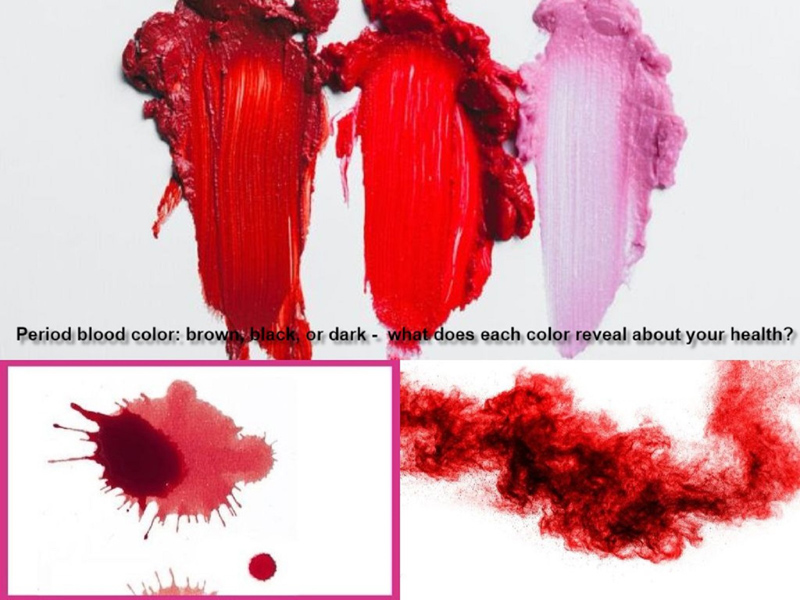
The bloody truth of getting your period is that it’s going to be bloody. It’s likely you’ll be exposed to an array of colors and consistencies throughout your menstruating years, so we thought it would be helpful to de-code your period colors and tell you what the different menstrual blood colors mean and if/when you should be concerned.
Bright Red
Bright red blood usually tells us that it is fresh, or new, blood. When your flow is heavy, you’ll like see bright red (or pink) blood. Some women will stay this shade for their whole cycle, which means their flow/uterine shedding is consistent.
Dark Red
You may see dark red blood when you wake up and first use the bathroom on your cycle, in the morning. Or during the middle of your cycle. This is blood that has been sitting in the uterus for a little while.
Brown
Brown blood is old blood. This is usually seen at the beginning or end of the period cycle, usually when you have very light bleeding because it takes some time to exit your body. If you have brown blood between periods it may be a concern so check in with your doctor.
Colors to stay on alert for:
Orange
When mixed with cervical mucous, orange blood can be normal, but sometimes is it associated with an infection. So probably best to see your doc.
Gray
Gray blood may be a sign of an infection or a miscarriage. Get on that phone.
Other bloody facts:
Irregular bleeding
A normal cycle is 21-35 days. If you are experiencing bleeding between periods, it may be bright red, dark red, or brown. Check with your doctor is you experience irregular bleeding.
Consistency changes
Color changes are not a concern, unless orange and gray, but consistency may be a concern. If you constantly have heavy periods and bleed through pads, you may become anemic. There are medications available to help you have less heavy periods. Talk to your doctor to see what is right for you.
![[feature] Period Color De-Coding: What Do Different Menstrual Blood Colors Mean?](https://blogger.googleusercontent.com/img/b/R29vZ2xl/AVvXsEiErQW5uWuKZsvv-wLJy1fjyKs5Syxj8ioPUTKGfNl5lZc3BlqhpstsIs9j9MWm9ZGrUglJ8IzflhK0qRvaQCXgvrprrSF9RoS6ewJJqDI5ZUEfUq5AcHiCMveMRWICXaVcxx6hcVk8ntJ4/s1600/dearjulius.com.jpg)






















